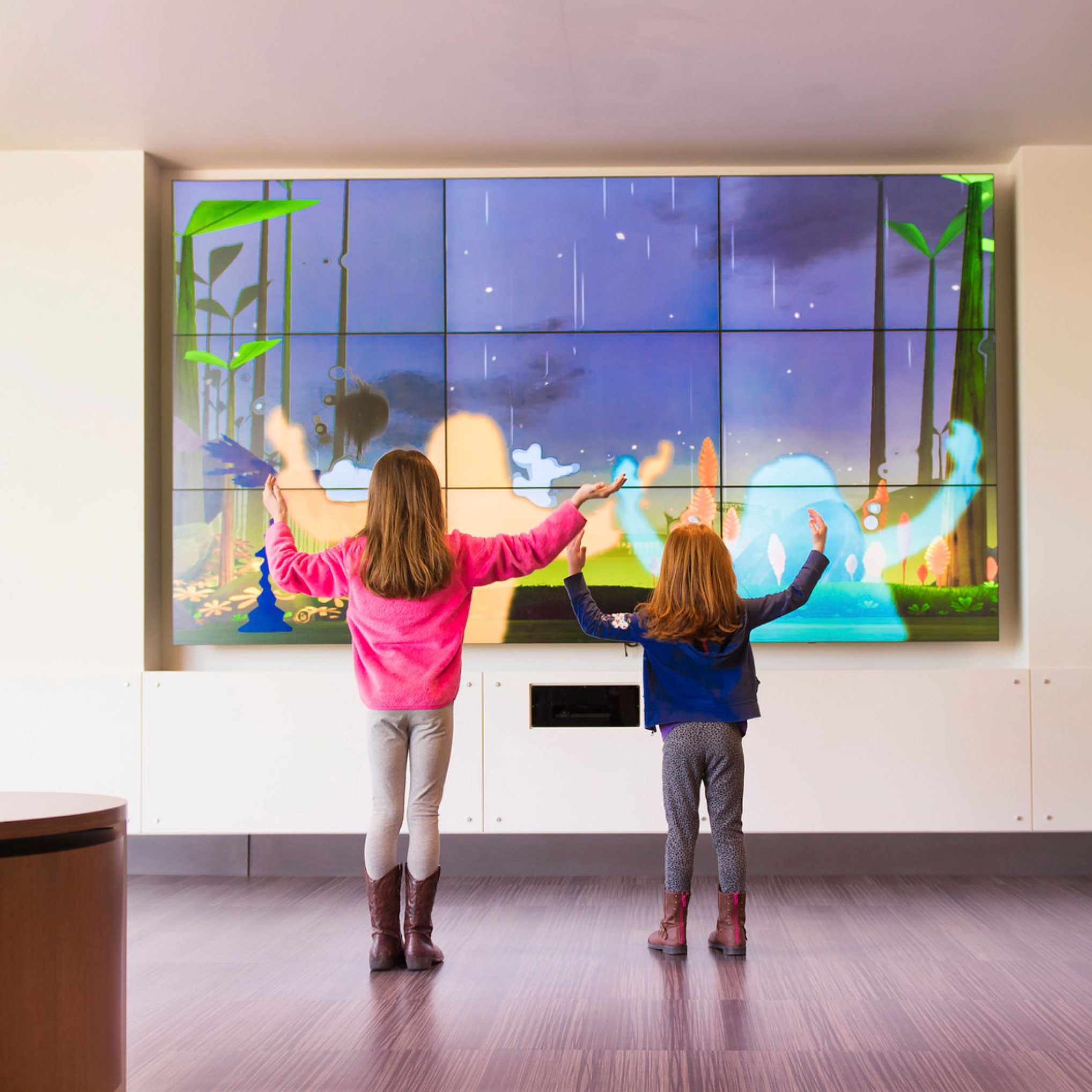
Optimizing the Outpatient Environment
- Camilla Moretti
- Steve Jacobson
- Lisa Adams
- Tyler Schwede
As part of HKS’ Idea Fellowship, our team comprised of architects and designers in our Detroit and Chicago HKS offices asked: what if we thought differently about outpatient clinics and measured the impact of our design? By conducting a yearlong analysis of a new HKS-designed outpatient center in Sylvania, Ohio, this team of idea fellows learned that standardization leads to measurable savings in time and money for outpatient clinics, and even improves patient satisfaction.
We began by examining the influence a clinic’s physical design has on organizational efficiency. Once we understood that relationship, we developed innovations that improve clinical workflow and productivity.
What We Did
Our team created a case study of the ProMedica Health and Wellness Center project in Sylvania, Ohio. The center consolidated 11 ProMedica physicians into a single location. The study was conducted in two phases: existing and post-occupancy. View project summary.
The Business Case
ProMedica aimed to create a collaborative practice and care model by leveraging the building’s support spaces, effectively optimizing the usage of real estate.
The Challenge
Our team was tasked with the design of a building that could house a collaborative care model for practices that did not share staff, space or a consistent operational model. We completed design diagnostics of existing clinical environments through interviews, shadowing, behavior mapping, environmental analysis and spatial analysis. The result was a standardized layout that maintained a consistent workflow for all clinical teams.
Walking Distance
36% REDUCTION – Average overall clinical team walking distance was reduced by 36 percent, or 1 minute and 55 seconds per patient encounter. That’s a difference ranging from 28 minutes to more than an hour during an average clinical day.
91% REDUCTION – Discrepancy between clinical team walking distances were reduced by 91 percent between clinical teams A and B.
Standardization and Modularity
Clinic modules are standardized and connected, allowing flexibility and growth. ProMedica will be able to increase overall clinic utilization 47-80 percent within the same physical space by leveraging the schedules of current physician as well as potential new hires.
- 86 percent overall satisfaction
- Patient satisfaction increased by 2.2 percent on average
Consolidation/Collaboration Model
When compared to the existing practices, the collaborative model of care reduces the space requirements of the combined physician practice by an average of six percent, saving the system about $641,000 in construction cost.
What the Findings Mean
- Standardized and modular building layouts create spaces that are adaptable, flexible and efficient.
- Design has a substantial and notable impact on optimizing a staff’s workflow.
To learn more about this study or any of our research, contact us at [email protected].
